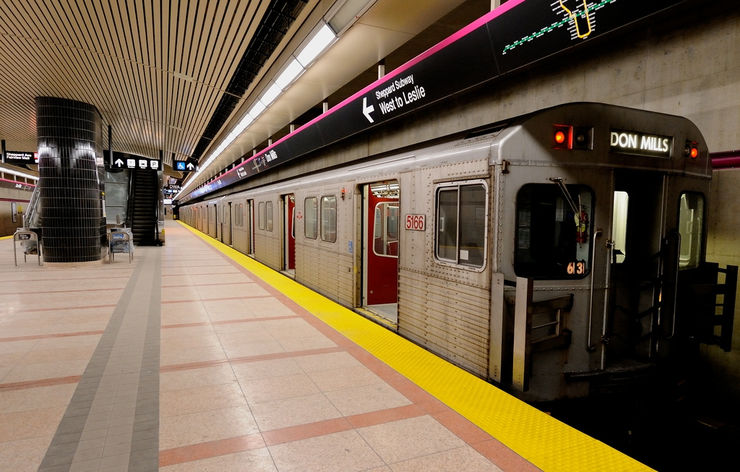It took the federal government to push a telecom to ensure all of the major wireless carriers in Canada cellular access on the TTC subway system starting in October, ending years of no mobile coverage underground.
This plan came into effect on Oct. 3 and passengers should have access to cellular connectivity, according to Francois-Philippe Champagne, the federal minister of Innovation, Science, and Industry.
Initially underground service was going to be limited to Rogers and Quebecor customers. This was oligopoly in action.
Wireless communication companies provide its users with access to cell phone service, SMS messages, Wireless Application Protocol (WAP) and many other services. But all provide the 911 emergency service which should be available to every rider using the subway.
But since early October, all of the major telecom providers like The Big Three — Rogers, Telus and Bell —now provide Torontonians the much-needed service in the subway, a long overdue service.
And that only happened after Champagne had to flex federal government muscle to force Rogers and Quebecor’s Freedom Mobile to include other telecoms.
Still, allowing cellular data on subway platforms does not guarantee safety on tracks or in subway cars.
Offering underground service to telecom users is not a step towards promoting pleasant riding, just better ability to call for police or an ambulance in case of trouble.
What remains troubling is that it took until now, 2023, after decades of cell service, to install the proper equipment in the TTC subway system.
The Montreal Metro service adopted its plan to provide a cellular network for its subway line in 2020. Its subway line currently supports 3G, 4G, and 4G Long Term Evolution (LTE) wireless Internet and mobile service as it passes through the heart of Montreal’s downtown between Guy-Concordia and Saint-Laurent stations.
Rogers has reportedly been recommending that 5G services be made available to all transit users as quickly as possible, according to Sarah Schmidt, a spokesman for Rogers.
“Bell and Telus have been dragging their heels and the federal government is now forcing them to work with us in earnest to make connectivity possible for all riders,” Schmidt said in a statement.
The statement concluded Rogers will continue to work to build out the TTC network to expand access and that it has shared engineering and technical information with Bell and Telus.
In addition to building 5G capability for the whole network of stations and tunnels, Rogers announced plans to update the current infrastructure, which already has cellular capability at the majority of downtown subway stations—a process that is expected to be completed in the next two years.
While subway users can now access phone service, there will still be daily violence and attacks on subway carts.
Since the pandemic, public transit appears to have fallen to its lowest point ever. According to a report from TTC CEO Rick Leary, there was a 46 per cent increase in violence on Toronto’s public transport networks in 2022. That was up 60 per cent from 2019 when 30 per cent more people were using transit.
A 37-year-old man was brutally stabbed while riding the subway just three months ago. The victim, Derek Dychkhoff, was shown in a viral video running for his life in fear just before he was attacked.
The purpose of offering cellular connectivity to transit riders to make them feel safer. It’s disturbing, but not surprising, it took the federal government to push the cellular companies to work this out.

